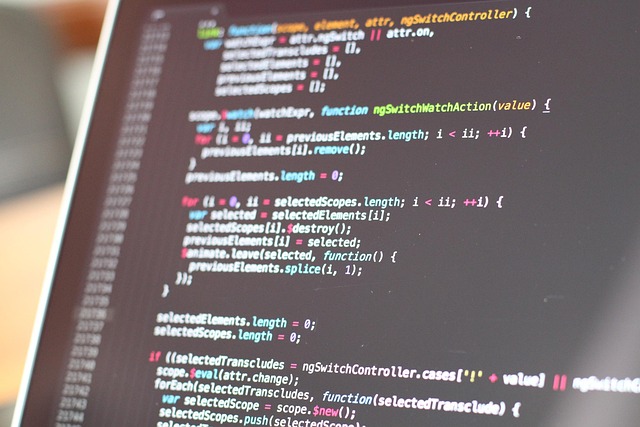
Mastering IT Hardware Optimization: Elevating Your Information Technology Game
Mastering IT Hardware Optimization: Elevating Your Information Technology Game
In the ever-evolving world of information technology, the quest for optimization is not just a trend; it’s a necessity. Every IT professional knows that the efficiency of a system can make or break an organization. As we dive deeper into the nuances of hardware optimization, the significance of each component becomes clearer, guiding us toward achieving peak performance.
Optimization in IT hardware goes beyond mere performance tweaking; it embodies streamlining operations to maximize output while minimizing resource consumption. This process is pivotal for businesses aiming to stay relevant in a competitive landscape. Think about the devices, servers, and systems at your disposal. Are they working as effectively as they could? Enhancing performance may lead to faster processing times, less downtime, and the ability to handle larger workloads.
One of the first steps in mastering optimization is understanding your existing hardware infrastructure. Each piece of equipment plays a unique role in the broader ecosystem. From CPUs and GPUs to RAM and storage solutions, comprehending how these components work together is essential. High-performance hardware will breathe new life into sluggish systems and provide the necessary power for data-intensive applications.
An essential aspect of optimization is regular maintenance. Dust, outdated drivers, and neglected software updates can degrade performance over time. Implementing routine checks not only prolongs hardware lifespan but also ensures peak functionality. Simple tasks such as disk clean-ups, defragmentation, and updating firmware can lead to significant improvements in system responsiveness.
Moreover, considering scalable solutions can be an excellent way to future-proof your IT infrastructure. With the rapid pace of technological advances, staying ahead means ensuring that your hardware can evolve with changing demands. Whether it’s modular components or cloud-based storage solutions, adopting flexible systems can help in addressing changing business requirements without hefty overhauls.
Beyond technical specifications, the cultural aspect of optimization should also not be overlooked. Encouraging an organizational mindset focused on efficiency can lead to remarkable outcomes. Training staff on best practices for software and hardware utilization fosters a culture of accountability where every team member feels empowered to contribute to the optimization process.
Investing in the right tools for monitoring system performance can provide insights that are crucial for optimization. Analyzing usage trends, identifying bottlenecks, and tracking hardware health are all part of a comprehensive strategy. With the right data at your fingertips, making informed decisions becomes much easier, allowing for proactive rather than reactive management.
Ultimately, the journey toward hardware optimization is ongoing. It’s a commitment to continuously assess and improve your systems to meet both current and future needs. Embracing a philosophy of optimization within your IT strategy can not only lead to enhanced performance but also increased satisfaction for users and stakeholders alike. Through persistent effort and a willingness to adapt, you can truly elevate your information technology game.



